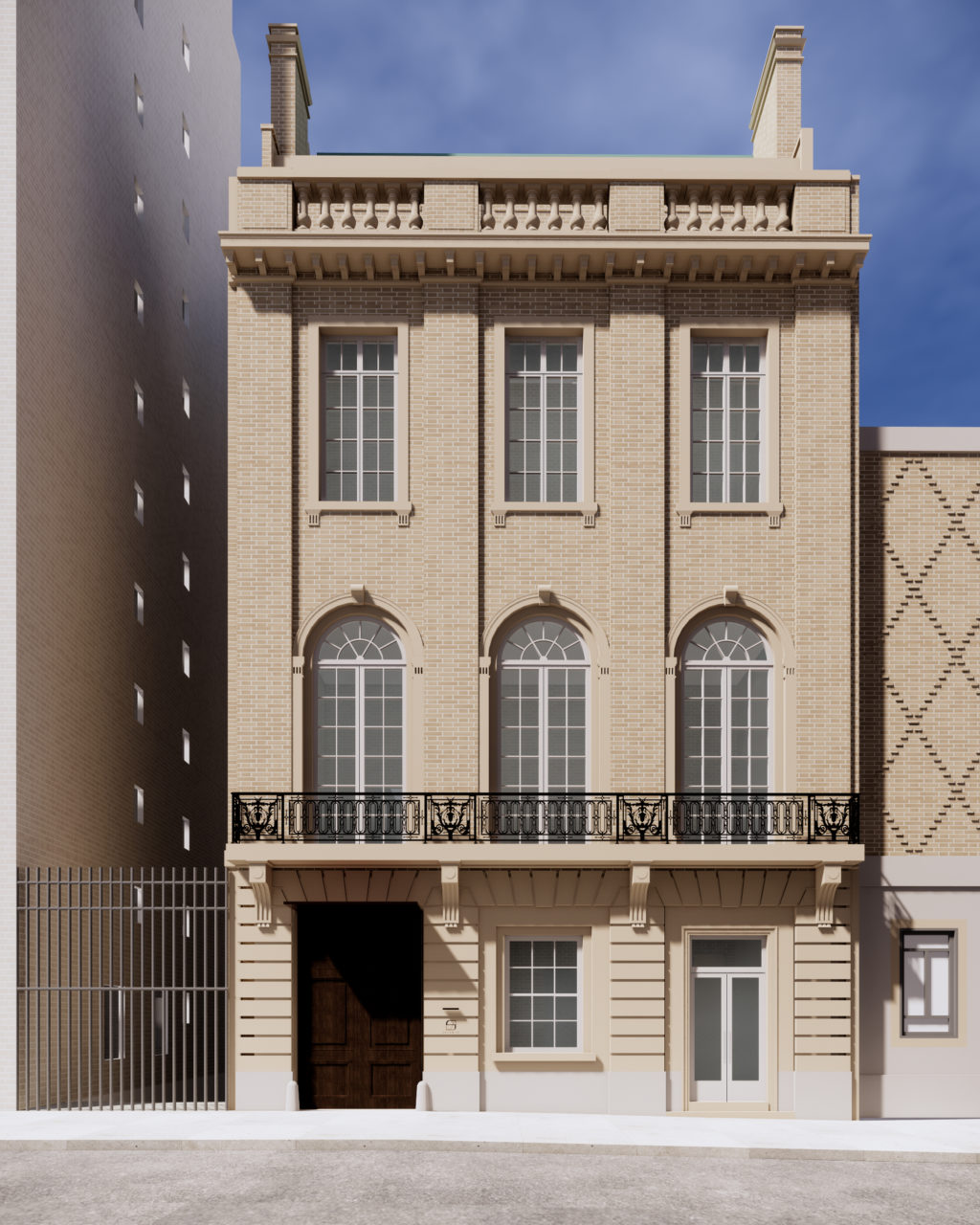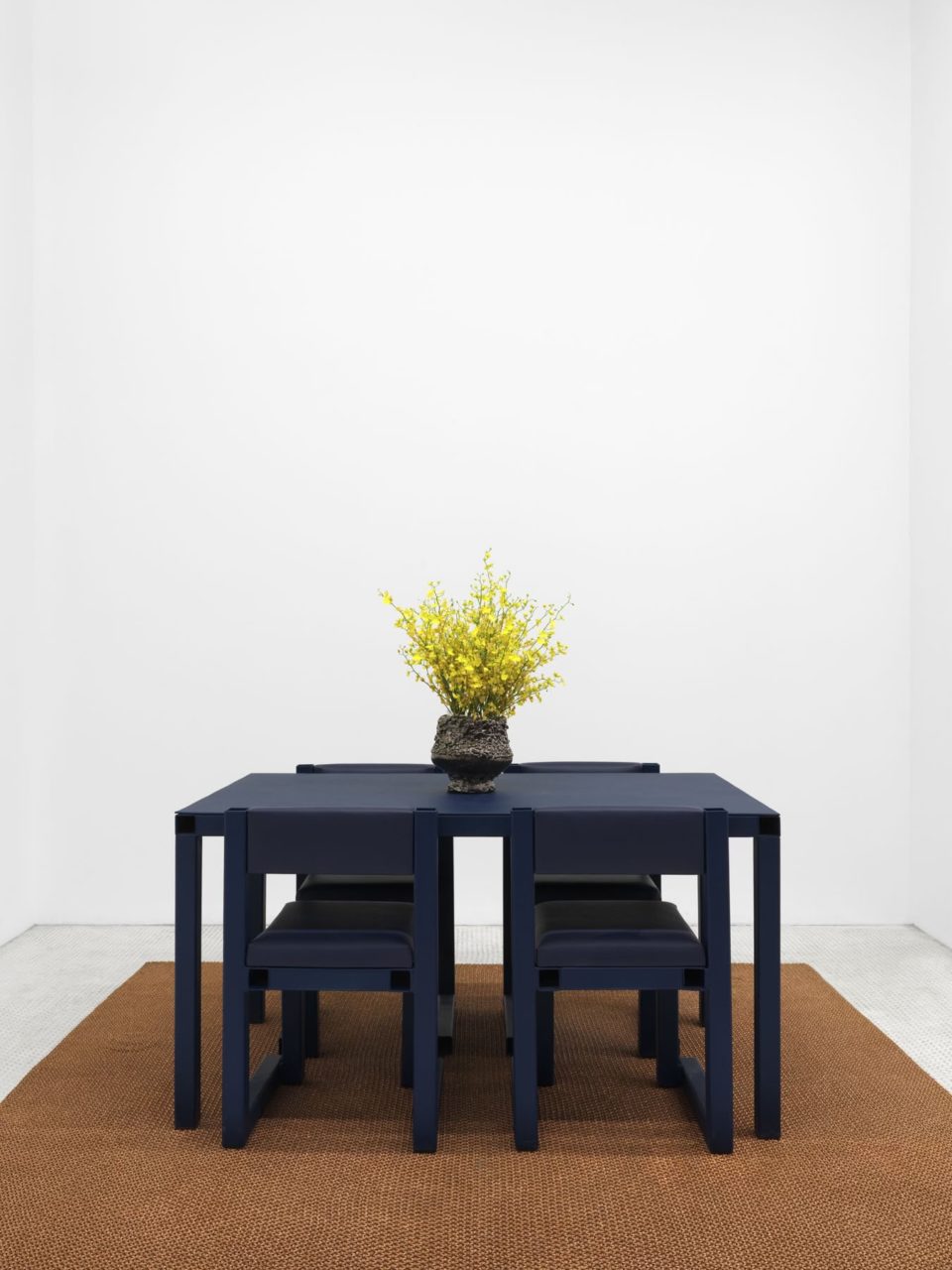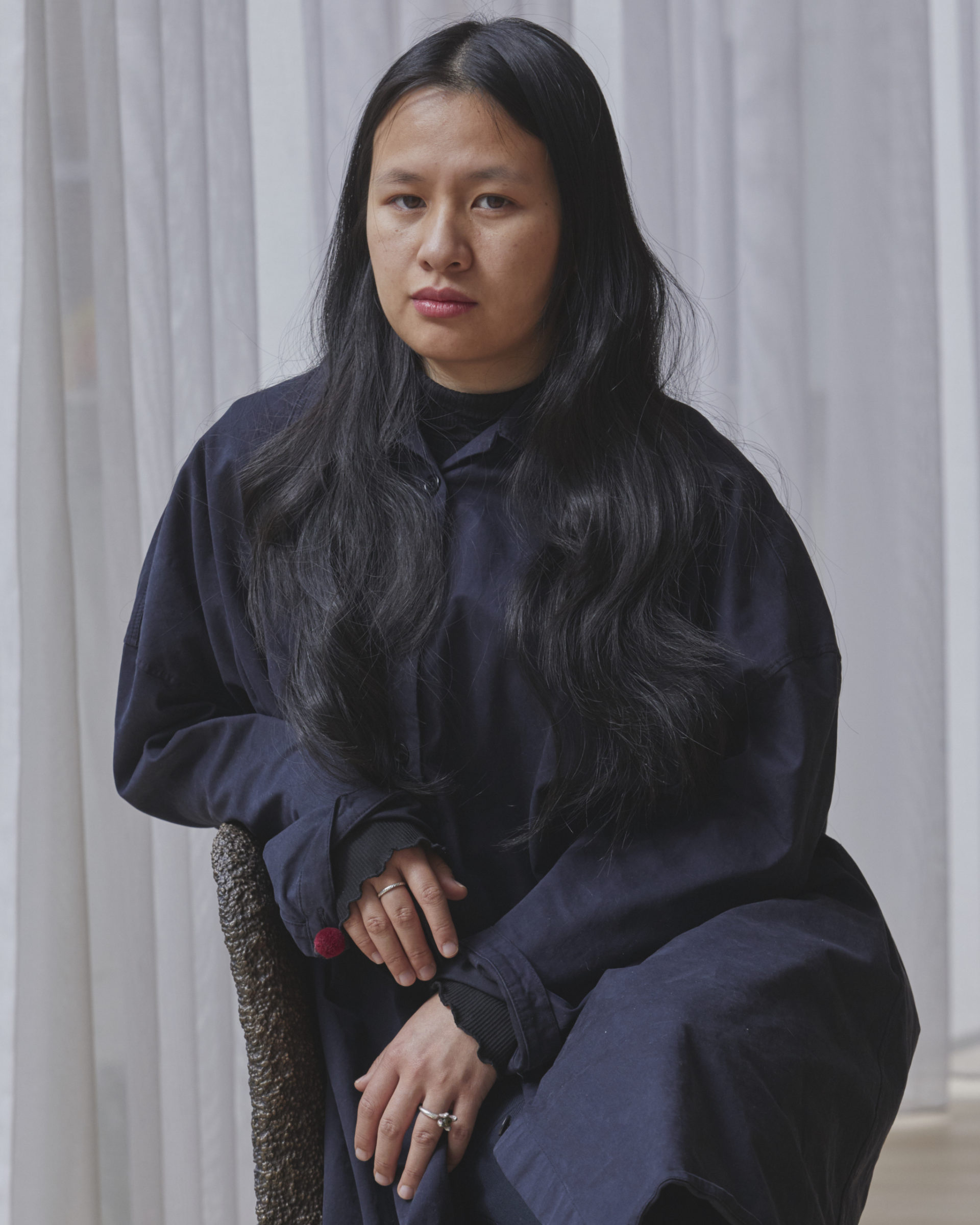Launched out of dealer Jeanne Greenberg Rohatyn’s East 94th Street brownstone in 2003, Salon 94 has since gone on to take the global art world by storm. With locations throughout Manhattan and spots at major international fairs, the blue-chip platform represents seminal artists like Judy Chicago, Niki de Saint Phalle, and Derick Adams, as well as the estates of interdisciplinary mavericks Carlo Mollino and Donald Judd, among others. Over the past few years, this impressive roster has been supplemented by a dynamic collectible design program. Salon 94 Design takes an almost patronlike approach to commissioning, producing, and selling unique works by talents ranging from Kwangho Lee and Philippe Malouin to Tom Sachs and Gaetano Pesce. At the helm of the enterprise is Trang Tran, a design historian whose interest in Radical Italian architecture brought her into the Salon 94 fold just over two years ago. On the occasion of opening the gallery’s new Rafael Viñoly–converted, 17,500-square-foot East 89th Street flagship—the former National Academy of Design Museum complex—AN Interior market editor Adrian Madlener spoke to the director about this ever-growing venture.


AN Interior: Talk a bit about your background and how you got involved with Salon 94.
Trang Tran: Though both of my parents are tailors—I was exposed to a lot of textile craft growing up—I realized early on that I wasn’t a maker. Later I realized that there were a lot of other people [who are] interested in exploring design and architecture without actually wanting to practice. So I studied architectural history at the University of Toronto and then I worked at the Textile Museum of Canada, where I became drawn to the decorative arts. From there I went to the Parsons/Cooper Hewitt History of Design and Curatorial Studies program for grad school. On entering the school, I realized that I wanted to focus more on contemporary topics and took a lot of courses outside the program, including one with Paul Goldberger on architectural criticism. I also enrolled in intensives taught by [curator] Glenn Adamson, who also became my thesis adviser. I wrote about the Radical period in Italian architecture and the concept of utopias, which led me to Gaetano Pesce’s work and, in turn, Salon 94. It’s funny, Glenn and I still work together as he’s currently writing a book on Pesce for us. The worlds of academia and design really do intertwine, especially in New York. A lot of graduates that come out of the [Parsons] program are hoping to find museum jobs, and working in a gallery seems like the opposite, but in many ways, it can also satisfy those ambitions.
AN: How did Salon 94 Design come about? What’s the scope of your role as its director?
TT: Jeanne has always embraced design. Her father was Donald Judd’s art dealer in St. Louis during the 1970s. Like a lot of people in the business, she realized that she was surrounding herself with a lot of beautiful things but needed better furniture to match them. This focus also jives with her mantra of displaying works in a comfortable domestic, salon-style setting. This is the core idea behind the gallery and something that will be especially true in the new space. Jeanne really pushed artists like Tom Sachs and fashion designers like Rick Owens to explore this side of their practice. And so she decided to launch a dedicated program and began collaborating with Toronto-based dealer Paul Johnson, who represented designers like Max Lamb and a few other big names. Though Paul left the business, we retained these talents.
I arrived just after his departure and started off as a kind of operations manager, but that role quickly grew as there was a lot to do when it came to liaising between the designers and producers. We’re unique in that we commission works and also help in the making process for some of our designers. I also spent the first few years on the road mounting solo shows at major events around the world like Design Miami, but now that we have the new space, we’ll be able to bring all of that under one roof. I’m in very close contact with our talents and have also begun putting together a registrarial archive. It’s a lot of work but is very rewarding.


AN: Your roster includes important figures within the contemporary design world but who also work in very different ways. How do they all come together in this program?
TT: In a very organic way. They’re all different, which is both challenging and engaging at the same time. For example, industrial designer Philippe Malouin doesn’t always reveal every step of his process, which can be surprising at times. But he knows that we are interested in pieces that use unique materials, that take a long time to produce, and are perhaps a bit more expensive to achieve. For one project, we worked closely with one of his producers to make tiny nylon parts on an industrial scale. There’s a lot of range [within the program], but there’s also a lot of focus on exactly what we specialize in.
Tom Sachs has other representation in New York for his art, but because of his close relationship with Jeanne, he only shows his furniture with us. He’s also developing a coffee shop concept with-in the new space. Max Lamb recently developed curved tile elements with Japanese manufacturer Tajimi Custom Tiles that will be used to outfit several bathrooms throughout the gallery. The opening of these spaces will coincide with an exhibition of new works he’s created using more natural materials. (In the past, we’ve shown his Boulders and Poly pieces.)
AN: What are your plans for further developing Salon 94 Design within the new 89th Street flagship?
TT: Combining the two programs within six huge rooms is complicated—we’re still working out the scheduling, but we have a lot in the works. Some pieces will also be shown permanently, including a Judd conference table for the library and the ten different iterations of his famous 84 Chair that will be presented together for the first time. All in all, the idea is to still reflect Jeanne’s original concept, which was to showcase art out of her living room. Her office on the top floor will re-create that feeling with custom furniture and a rotating collection of art and design pieces.
Header image: Trang Tran is the director of Salon 94 Design, a new venture from the Manhattan powerhouse art gallery. (Justin Borbely)
